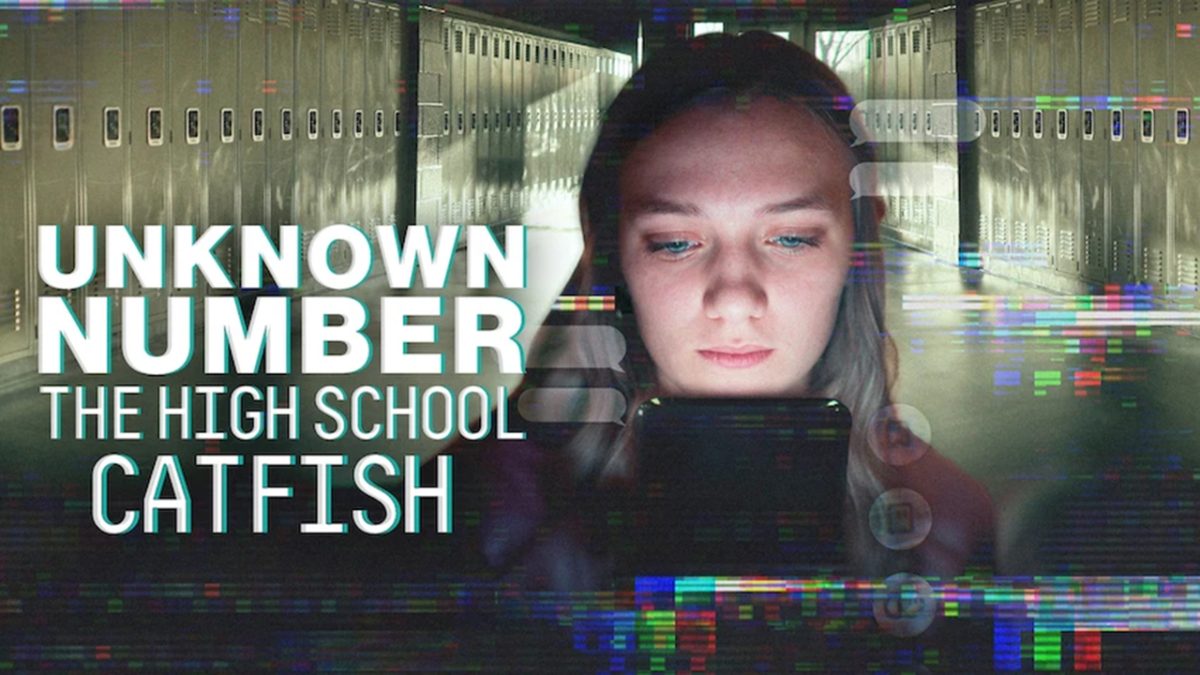The Decline in Diversity on Campus
May 4, 2018
The general concept of diversity often encompasses views of tolerance and acceptance for a spacious range of different people. Diversity often encompasses race, ethnicity, gender, sexual orientation, age, religious beliefs, political beliefs, socio-economic status, as well as other ideologies. Diversity in our environment, let it be an office or school, nurtures a better understanding of individuals, allowing us to recognize our differences while finding commonalities that unite us all. However, the growing lack of diversity on college campuses is allowing society to focus on what divides us, making college campuses less safe for all students.
In order to understand how diversity is plummeting, we must first look at the components of diversity that colleges across the nation often use to measure the campus’s environment. Beyond just acknowledging and tolerating a person’s differences, diversity includes understanding the interdependence of humanity, cultural upbringings, and a person’s or group’s environment. The environment a person develops in can offer different forms of expression and unique traits that might not be common among other cultures.
Additionally, we must recognize that diversity is not just a way of being, but a way of thinking as well. A person’s thoughts depend largely on their personal identity. Personal identity, being the philosophical questions that arise about oneself, is often formed based on biological, social, and cultural influences. A person’s sense of self can bring new perspectives and ideas that can be considered unique, providing a campus with intellectual diversity.
Moreover, we must recognize internalized thoughts and ideas that can cause unjustified prejudice against a group of people. Even stereotypes can be harmful to a person, and with a lack of representation to destroy negative stereotypes, they can grow. We must remember that institutionalized discrimination creates and sustains privileges for some, who are limiting opportunities for others. For example, over the past few years, the SAT test has been challenged for containing cultural bias that is harmful to minorities. This is due to questions where the “right” answer is based on what is correct to the majority, however, other answers that are chosen among minorities are also correct. This was dissected in the novel, The Bell Curve, written in 1994 by Herrnstien and Murray. This highly controversial exposé draws attention to the cultural bias within the SAT and caused educational reform following its publishing and popularization. Though this problem still remains today – making it harder for select minority groups, shown in the drop of diverse religious groups going to college nationwide, to get into colleges of their choosing – it is improving. However, we must not settle for limited progress. We must keep fighting, keep striving and keep thriving.
As a society we must recognize our advantages and assure that others share them as well, or else we will never thrive as a whole. Opportunity, such as college acceptance, must be available to all. Diversity is not having a large number of minorities on a campus, but instead, have wide representation for all groups of people. A recent study from the Interfaith Youth Core in 2012, that served 122 colleges and universities across the U.S., found that the exposure to religious diversity is plummeting at an alarming rate. For example, the number of Jewish students attending college, that was already at only 14% according to The College Board, is decreasing at a 2% rate each year. This is not due to fewer students applying for college – it is instead due to cultural bias and thin diversity rates across the US.
As a society we must come together, focusing on the commonalities we share instead of the differences that divide us and fight for an equal and diverse society. Politicians often claim that the students, the people striving for achievement and education, shape the future; however, recent studies show that these sentiments remain just that – sentiments. Not enough is done to fight for a diverse American, but we the people can change that. Simple actions, such as a referendum for educational reform that benefits all Americans, can truly shape a better future. Colleges should not serve as a gilded beacon that only benefits the more fortunate and instead shine a light on all seeking a better future through education.












